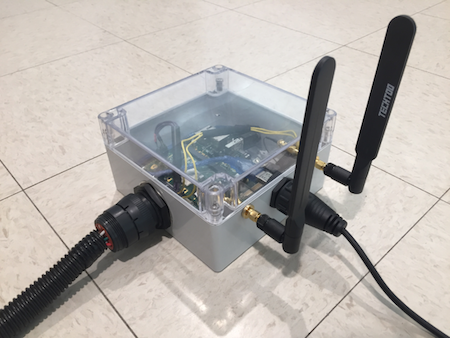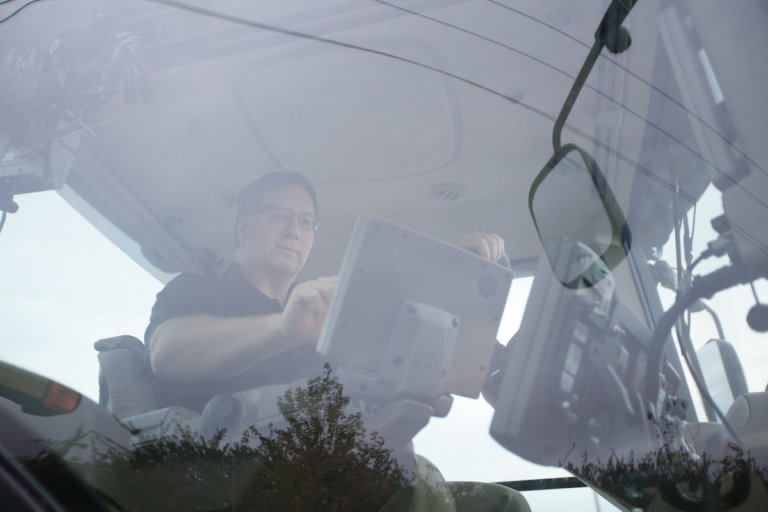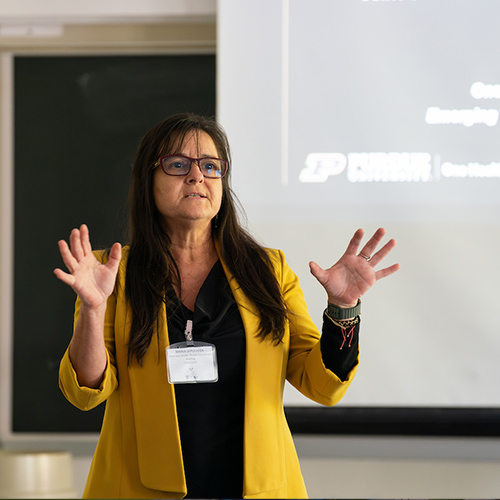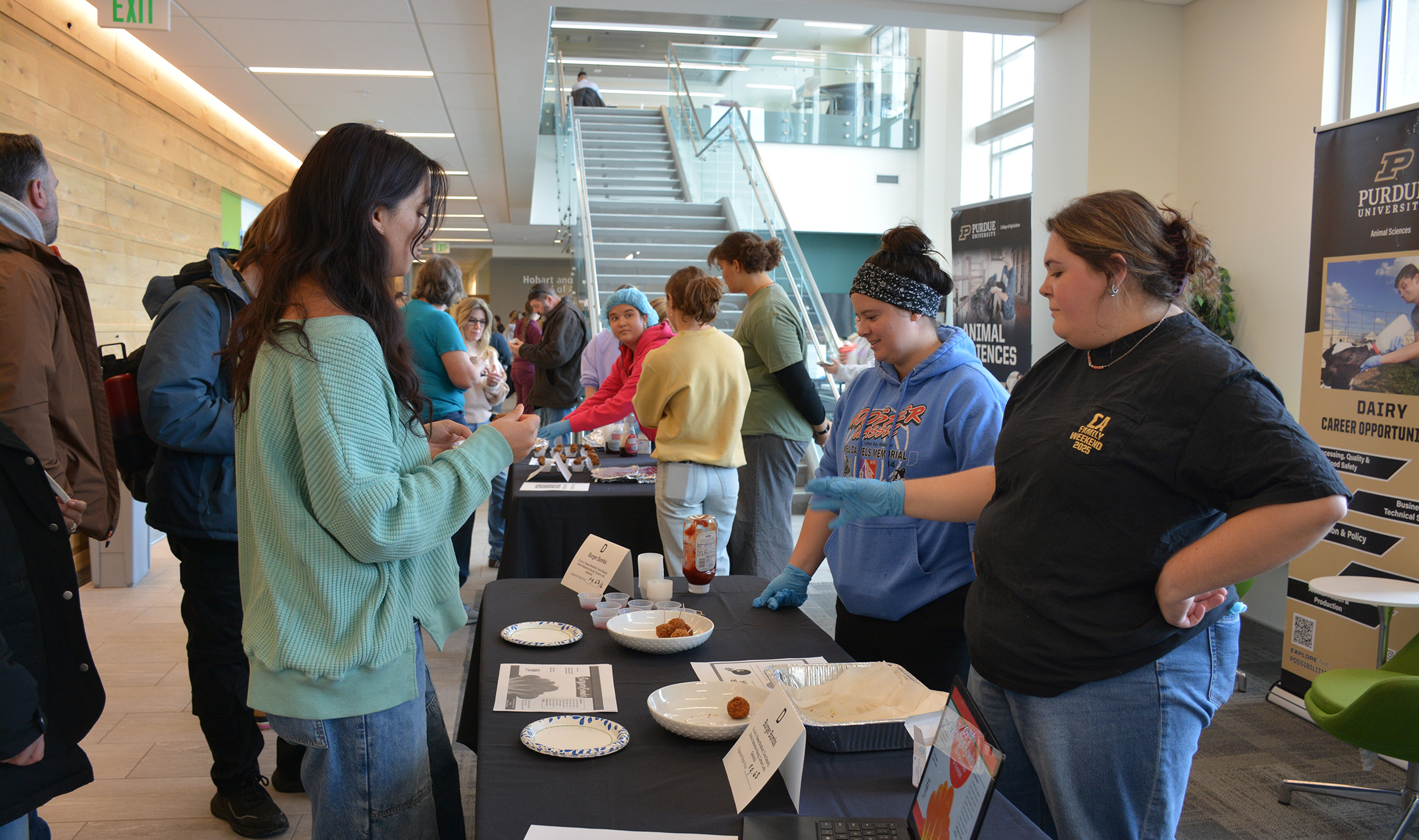Purdue partnering on 5G research to improve ag automation
Purdue University scientists are collaborating with colleagues at North Carolina State University and others on fifth-generation (5G) and beyond wireless network research that holds promise for improved farm machinery automation.
The National Science Foundation and an industry consortium awarded $24 million to a partnership led by North Carolina State University to build the Aerial Experimentation Research Platform for Advanced Wireless, or AERPAW. The specialized wireless network allows scientists to test new ways to increase wireless speed and capacity, as well as develop next-generation wireless technology. Purdue, Mississippi State, and the University of South Carolina are also partners.
AERPAW is the third in a series of four NSF testbeds for universities and companies to accelerate research and commercialization of advanced wireless technologies. NSF is committing $100 million to the program, with two other testbeds already created in New York City and Salt Lake City.
Purdue will utilize AERPAW to advance its ISOBlue project, an open-sourced program that allows farmers to gather data from their machinery and send it to a smartphone and the cloud in real-time. The data are used to improve automation for farm machinery.

“ISOBlue gets data from the vehicle – location, fuel consumption, temperatures and pressures from dozens of places, hitch position, PTO speed, amount of slip, etc. In this next generation, we’re adding cameras so that the data is paired with what’s happening in the field around the machines,” said Dennis Buckmaster, a Purdue professor in the Department of Agricultural & Biological Engineering, dean’s fellow for digital agriculture and co-PI for Purdue’s AERPAW work. “This generates a significant amount of metadata that we can use to inform machine learning.”
David Love, Nick Trbovich Professor of Electrical and Computer Engineering and PI on Purdue’s effort, said the AERPAW project offers the possibility of setting up on-demand 5G wireless networks using drones. Rather than having the 5G technology sitting stationary on towers, drones could move nodes to where they’re needed at the time.
In a large city, drones could strengthen the network based on the demand in different areas at different times of the day. Wireless communication could be quickly set up after a natural disaster. Or in a farm field, a temporary 5G network could help a large group of planters and other farm machinery talk to each other in real time.
“When you look at rural settings, most of the wireless infrastructure is along highways. The AERPAW program will give us the ability to test mobile in ways that aren’t possible right now,” Love said. “You could envision having a dozen machines concentrated in one area all talking to each other to quickly and efficiently plant or harvest fields.”
James Krogmeier, a Purdue professor of electrical and computer engineering, said ISOBlue is a foundational project in Purdue’s Open Ag Technology and Systems Center (OATS). It represents the world’s first open-source system incorporating ag machinery and cloud computing. The OATS Center is a collaboration among the Foundation for Food and Agriculture Research (FFAR), Purdue’s Colleges of Agriculture and Engineering, and a growing consortium of industry partners working to enhance agricultural innovation in the areas of sensing, control, logistics, analytics, and data management.
“Students and faculty from OATS have researched, designed, and deployed an end-to-end ag machine telematics system,” said Krogmeier, a co-PI of the project. “This accomplishment, with further AERPAW development and testing, will allow a growing community of innovators to flourish.”






